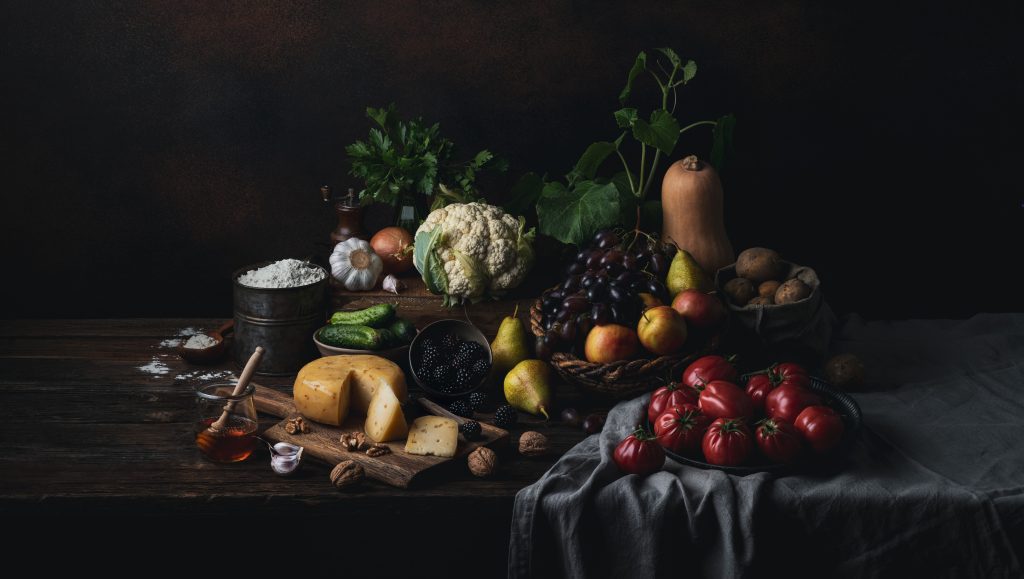
If you found yourself at a medieval feast of nobles, you would not find most of the vegetables we know today; however, you would see plenty of different meat, beer and mead. In truth, people used to fast in those days; this would last 139 days a year, so you had to be very imaginative and creative during this period.
In the 16th century, when a string of merchants headed to the city and the Queen of Poland Bona Sforza settled in the manor, new culinary trends were brought to the kitchens of Vilnius – new utensils appeared on the table as well as Italian vegetables and exotic dishes. The beetroot soup (borsch) or cold beetroot soup so beloved nowadays were of a different flavour in those days. Stuffed peacocks and swans were a smaller surprise among the nobility than sugar statues, marzipan, elaborate dishes and tons of food. Today, 16th-century banquets would be discussed on lifestyle programmes and in magazines, and present-day chefs would hardly want to try making dishes following the strange recipes. By the way, almond milk was discovered not by modern-day hipsters, but the noblemen of the Grand Duchy of Lithuania during their fasting period.
Gardening in 16th-century Vilnius was completely different, too – cottage gardens consisted of much more that just beetroots. Could you imagine that the territory that is now the heart of Vilnius accommodated a paradise garden? You could walk among fig or orange groves, pick berries from a mulberry tree or try some honeydew melon.
